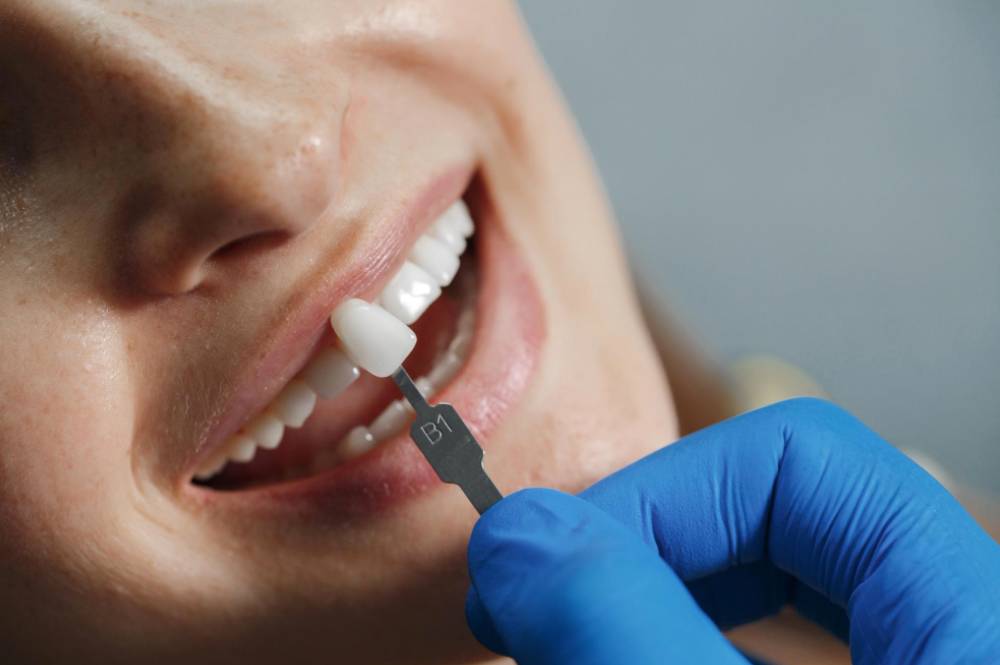Dental crowns, often referred to as “caps”, play an essential role in restoring and protecting damaged or weakened teeth. If you’ve ever wondered, “what are dental crowns made of?”, you’re in the right place.
This article delves into the various materials used for these dental restorations and their respective benefits.
What Material Are Dental Crowns Made Of?
The choice of material for a dental crown largely depends on the patient’s specific needs, the tooth’s location, the dentist’s recommendation, and the patient’s aesthetic preferences. Here’s a breakdown:
- Porcelain or Ceramic: These crowns offer a natural color match and are usually preferred for front teeth. They are highly aesthetic and can blend seamlessly with the rest of the teeth. To explore more about porcelain crowns, visit Callahan and Klein detailed dental crown page.
- Metal: Durable and resistant to wear and tear, metal crowns, made of gold, palladium, nickel, or chromium, have a long history in dentistry. Though they’re visibly distinct from natural teeth, they’re often used for back molars due to their strength.
- Porcelain-fused-to-metal (PFM): These offer a good blend of durability and aesthetics. PFM crowns have a metal core for strength, covered by porcelain for a natural look. However, sometimes the metal beneath the crown’s porcelain cap can be visible as a dark line.
- Resin: Typically the least expensive option, resin crowns are more prone to fractures compared to other types.
- Zirconia: Growing in popularity, zirconia crowns combine strength with aesthetics. They can be color-matched to adjacent teeth and are known for their durability.
What Are Dental Crowns Made Out Of: Delving Deeper
The advancements in dental technology have introduced a range of new materials that promise better performance, longevity, and aesthetics. For instance, some modern crowns combine different materials, like a metal core with a zirconia or porcelain exterior, to leverage the strengths of each.
Factors Influencing the Choice of Crown Material
- Aesthetics: For teeth that are visible when smiling or talking, crowns that resemble natural teeth, like porcelain or zirconia, are preferable.
- Tooth Location: Molars require stronger materials, given the chewing pressure they endure.
- Patient’s Bite and Habits: People with a heavy bite or who grind their teeth may need a more robust crown, like metal or PFM.
- Cost: While metal crowns might be less expensive initially, porcelain or zirconia crowns offer aesthetic benefits that many deem worth the extra cost.
To gain a more in-depth understanding of the different types of dental crowns offered at Callahan and Klein and the materials they’re crafted from, consider checking out our Dental Crown page.
Conclusion
While there are several options available in dental crowns, each with its advantages, the best choice is always the one that aligns with the patient’s needs, aesthetic preferences, and budget. Always consult with your dentist to determine the most suitable material for your specific situation.



